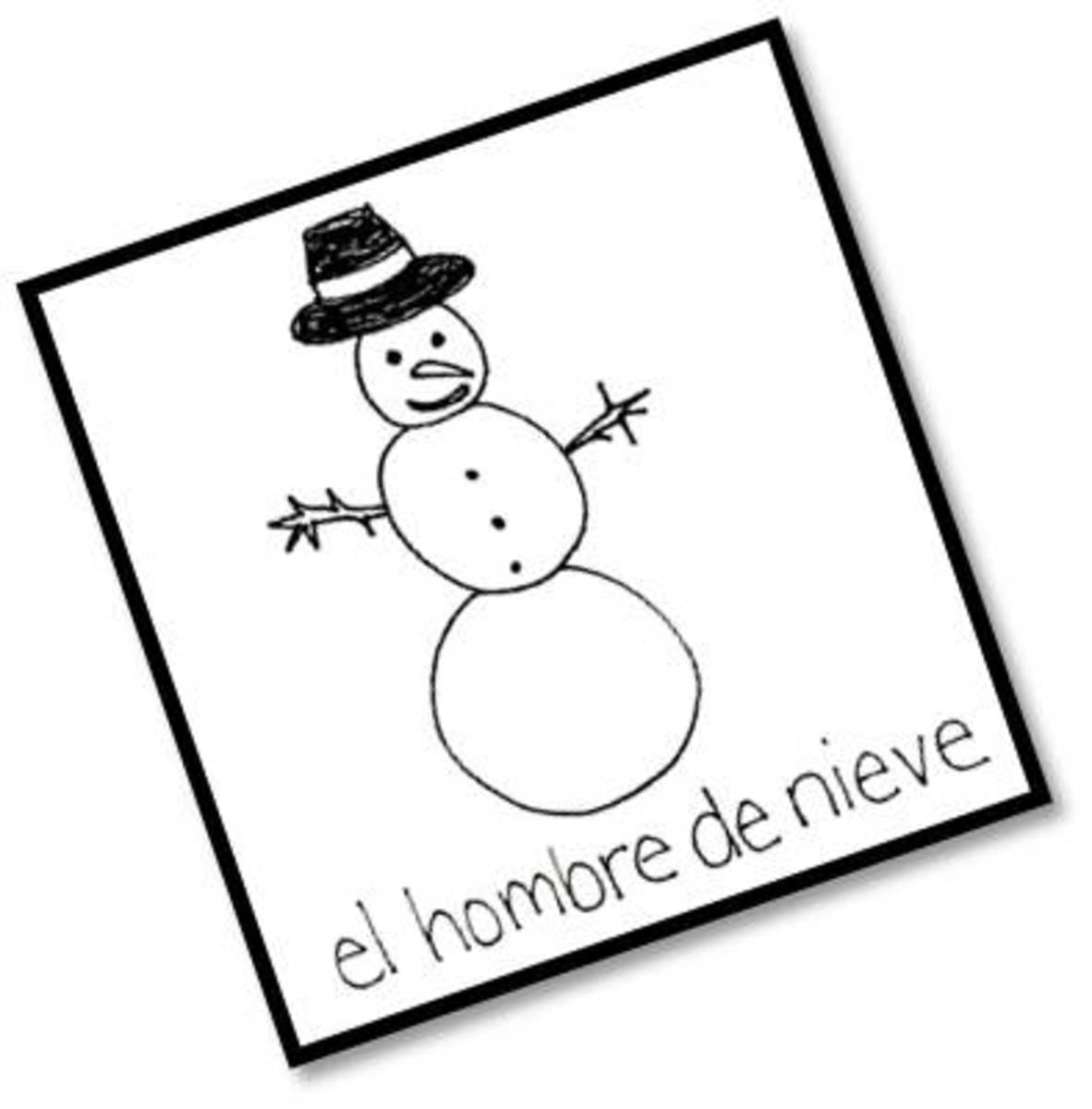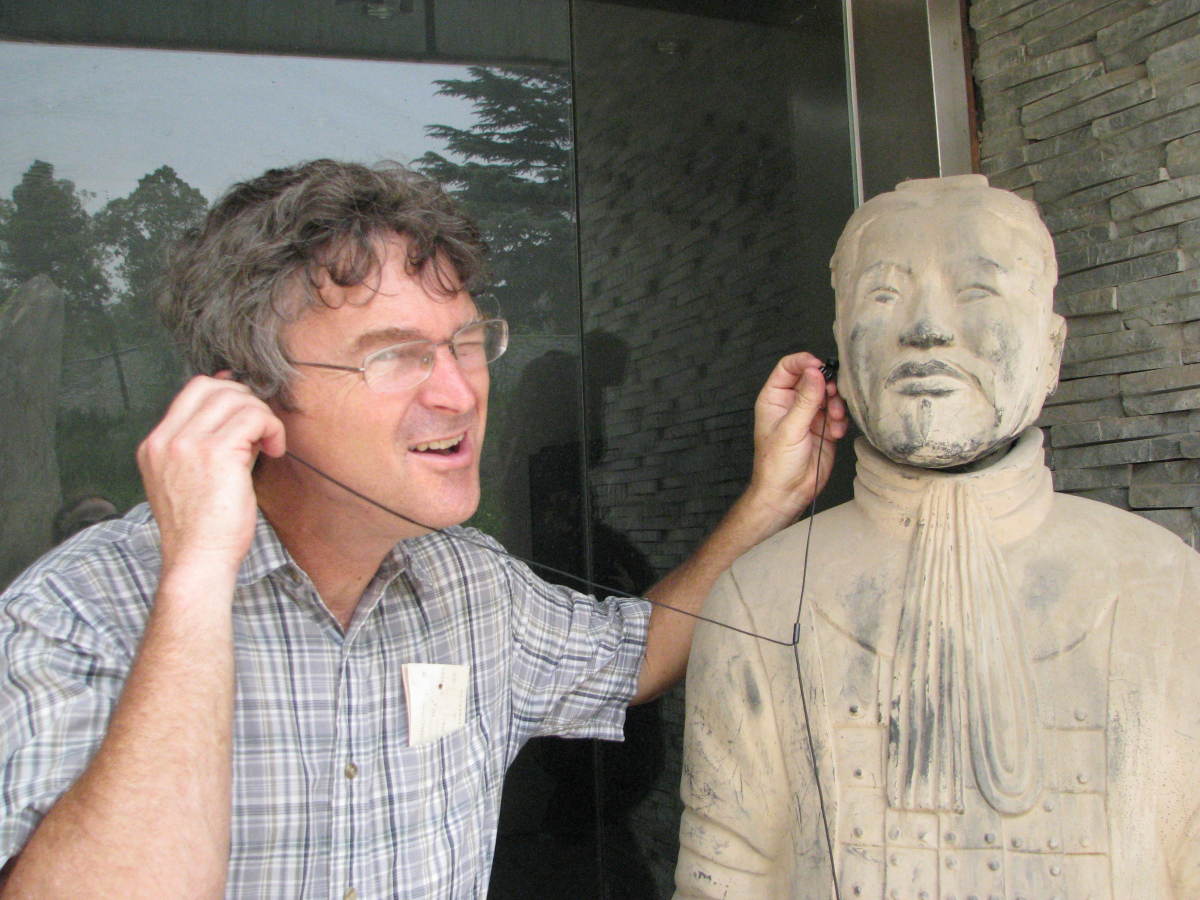Spanish Lesson Nineteen: Indirect Object Pronouns

I hope you're excited for this week's lesson. :). I hope everyone has enjoyed their week and that it was awesome. This weekend has been uneventful to say the least, though I think sometimes that's a good thing. This week we're on Lesson Nineteen. Remember, these lessons are designed for you to be able to go at your own pace and learn Spanish "A Little At A Time". You can learn as fast or slow as you'd like without feeling like a dufus or pressured to show off. For those of you stumbling upon this for the first time, welcome. For those of you returning, Welcome back. I recommend that everyone go back to previous lessons and review them occasionally to help the information penetrate successfully. The link to those lessons is provided below, after the explanation of this week's lesson.
Last week we discussed Direct Object Pronouns. If you'd like to review that lesson before going on click--->here. In today's lesson we will be discussing Indirect Object Pronouns. If you don't remember what an "Indirect Object" is, I'll explain as we go.

Today's Vocabulary
Today's vocabulary will consist of a hodgepodge of words that may or not be useful to you in this lesson. Today's lesson will focus on Indirect Object Pronouns. If you don't remember what an indirect object is in English, I'll tell you. The indirect object of a sentence comes BEFORE the direct object and explains "to whom" or "for whom".
EX: I brought Jim a sandwich.<--- I (subject) brought(verb) Jim(Indirect Object) a sandwich(Direct Object). We're dealing with pronouns in this case so "him" would be the Indirect Object.
This is a simple enough concept. After today's vocabulary list and the warm-up, take a glance at the chart before moving on to the lesson.
Verbs
To Agitate: Agitar
To Exhaust: Agotar
To Please: Agradar
To Thank/To Be Thankful For: Agradecer
To Elarge/To Exaggerate: Agrandar
To Aggravate: Agravar
To Add/To Collect: Agregar
To Group: Agrupar
To Expect: Aguardar
To Save/To Economize: Ahorrar
To Reach/To Overtake: Alcanzar
To Have Lunch: Almorzar
To Hire/To Rent: Alquilar
To Illuminate/To Enlighten: Alumbrar
Nouns
Apartment: Apartamento
Singer: El Cantante
Artist: El Artista
Country: El País
City: La Ciudad
World: El Mundo
People: La Gente
Adjectives
Tragic: Trágico(a)
Wonderful: Marvilloso(a)
Sexy: Sexy
Adventurous: Adventurado(a)
Shy: Tímido(a)

Warm-Up
Today's Warm-Up is important. Take a look at that the chart below that consists of the Indirect Object Pronouns used in this lesson. It's really easy to read and will make even more sense once we get into the lesson.
Also consider other ways to incorporate Spanish into your daily lives. Take a moment to review some previous lessons or read up on some articles. The Spanish language is a living language, so it's not going anywhere anytime soon. If you need any help, shoot me an email. I'll be happy to help you.
English Equiv
| Spanish Pronoun
|
|---|---|
Me
| Me
|
You
| Te
|
Him/Her/It/You (Formal)
| Le
|
Us
| Nos
|
Them/They (Formal)
| Les
|
Using Indirect Object Pronouns
Okay. Now that you know what an Indirect Object Pronoun is and have looked at the chart above, you can kinda get an idea of what you'll have to do. If you remember, Indirect Object Pronouns come BEFORE the verb and Direct Object. It's pretty simple here. The Indirect Object Pronoun refers "to whom" or "for whom" and the Direct Object Pronoun refers to "to what" or "for what". Take a look at this formula below.
Subject + I.O.P. + D.O.P + Verb.
Sometimes you won't use both the Indirect Object Pronoun and the Direct Object Pronoun in the same sentence. It really depends on the complexity of the sentence. Remember these are all pronouns so you must consider "for whom" or "to whom". If you're giving something to "him", ensure that your D.O.P. reflects "him" and not the subject of the sentence. Here are three rules to follow before reading some examples.
- The Indirect Object Pronoun ALWAYS comes before the Direct Object Pronoun and the Verb.
- The Indirect Object Pronoun DOES NOT consider gender and only considers singular or plural.
- The Indirect Object Pronoun is used only to express "To Whom" or "For Whom."
Aubrey: Tú Me los das? You give them to me?<---- To remember how it should read. Read it backwards. Das (You give) + Los (Them/Masculine/Plural) + Me (To Me or For Me) + Tú (Subject<---- that's why "dar" was conjugate in the "Tú" form)
The sentence above follows the formula exactly. The I.O.P. began the sentence followed by the D.O.P. and the verb. The example above combines the use of I.O.P. and D.O.P. Let's look at something simpler.
Juan me da el libro. Juan gives me the book.<---- Because there is no D.O.P. we skip that and bring in the verb. El Libro acts as the Direct Object of the sentence, but not the Direct Object Pronoun. Get it? The I.O.P. still came before the verb. You can change the me in that sentence to reflect another pronoun to reflect "to whom" or "for whom". Use your chart to plug in those words for practice.
Juan les da el libro. Juan gives them the book.<--- Instead of "los" we have "les" that refers to "them". The gender of the group does not matter. If you want to refer to "him" or "her", use "le".
What if I have two verbs? Where do I put it?
Juan me quiere comprar el libro. Juan wants to buy me the book<--- The I.O.P. goes before the conjugate verb. Since two conjugated verbs can't exist side by side, you won't be confused about that.
Note: Remember that you can only used D.O.P. or I.O.P if its understood. If you were previously talking about a person we will know if "le" means "him" or "her". We can also assume that "lo" is referring to the book in a previous sentence. Pronouns take the place of a noun, but we'll have to know the noun before him. Look at these final examples.
Juan: Tú me traes los libros ?<--- You bring me the books? (Los in this case is the article)
Aubrey: Si yo te los traigo.<--- Yes, I bring you them. (Los is now the D.O.P. referring to the books)
Leah no le escribe a Juan una carta<--- Leah doesn't write him (to Juan) a letter. (We added the prepositional phrase "a Juan" so that "le" is more clear we know what it refers to. In this case it refers to "him", more specifically to Juan. Now that we we are talking about Juan, we can say some things without having to refer to him directly.
Tambien Leah no le llama.<--- Also Leah does not call him.

Homework
Your homework for today is to view a video based off of Lesson Seventeen. Take a look at it! Senorbelles is my favorite Spanish teacher online and he has a great deal of clarity when discussing a certain topic. Listen closely to his tips.
Also in the coming lessons we'll be discussing a great deal more about grammar and visiting other themed topics in Spanish. Stick around for that. :) Here are some lessons that will be coming soon:
- What Should You Do?
- What Do You Want To Be When You Grow Up?
- What Do You Like And Dislike?
- What Kind of Person Are You?
Next week we will begin learning about speaking in the past. Yes it took twenty lessons to get here, but it was well worth the wait. Come out for that. Also your second quiz will be posted simultaneously, so come and refresh yourself with it. It's open note. :)
Links Used As References
- Indirect Object Pronouns
Spanish grammar discussion: indirect object pronouns. - The Indirect Object
Grammar Bytes! Grammar Instruction with Attitude. Includes detailed terms, interactive exercises, handouts, and more! - The Indirect Object
Grammar Bytes! Grammar Instruction with Attitude. Includes detailed terms, interactive exercises, handouts, and more!








